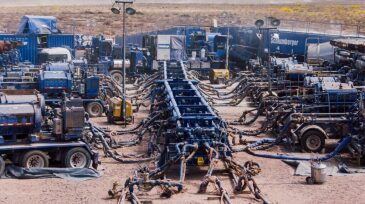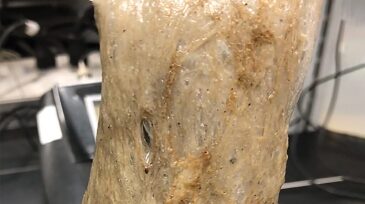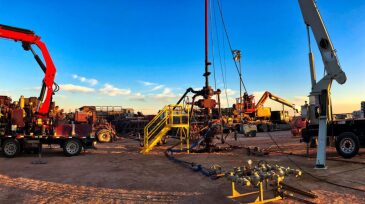hydraulic fracturing
-
A fast-moving pressure pulse is the priority of a research and development initiative that, if successful, will result in a new diagnostic technology for horizontal wells in tight reservoirs.
-
California Gov. Gavin Newsom directed his administration to take steps to phase out oil and gas drilling in one of the nation’s top oil-producing states by 2045 and to ban new hydraulic fracturing permits within 3 years.
-
A look behind-the-scenes reveals what it takes to protect innovative ideas in the fast-moving US shale sector—key lessons learned, pitfalls to avoid, and how to do it the right way, as told by two of the operator's intellectual property (IP) protection leaders.
-
The supermajor would be the second to conduct a hydraulic fracturing pilot project in the country.
-
Artificial intelligence is opening new ways to analyze data from microseismic events that occur during hydraulic fracturing. One researcher at Moscow’s Skolkovo Institute of Science and Technology is building a convolutional neural network to get a subsurface view of permeability after fracturing.
-
The deal fills a gap in the software developer's production line that is focused on drilling, production, and land management applications.
-
Schlumberger is getting rid of its struggling OneStim business unit 2 years after an acquisition that doubled its size. It will get 37% of the shares of Liberty Oilfield Services, which said it will be the second-largest player in that sector.
-
Unconventional producers around the world have been hamstrung by expensive and cumbersome options when it comes to obtaining reservoir data. Among the latest ways to break past these barriers is a new method developed by Canadian researchers and field tested in Australia’s unconventional frontier.
-
The source of gummy, damaging polymer gunk that has flowed from Oklahoma oil wells is becoming clear, and one of the lessons learned is that shale plays require petroleum engineers to learn more about chemistry.
-
The forces of low oil prices and new efficiency trends are converging to remake the US pressure-pumping business into one that can complete more wells with less horsepower than ever. However, that might also mean service provider margins remain low for much of this new decade.










